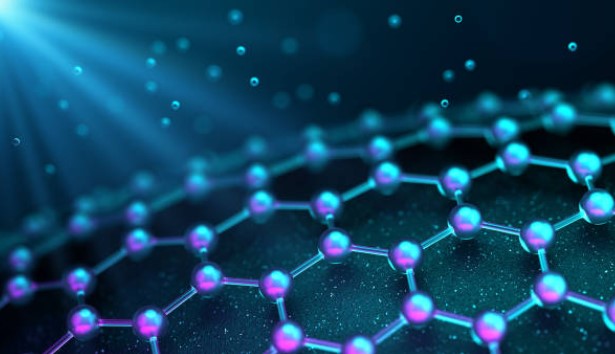Nanotechnology
Explore the fascinating world of nanotechnology through our insightful blog. Discover innovations, applications, and the future of this groundbreaking field.
Smart Village Computer Hub
9/14/20242 min read


Exploring Nanotechnology: The Science of the Small
Introduction
What is Nanotechnology?
Nanotechnology involves the understanding and control of matter at dimensions between approximately 1 and 100 nanometers. To put this into perspective, a nanometer is one billionth of a meter, which is about 100,000 times smaller than the diameter of a human hair. At this scale, materials exhibit unique physical and chemical properties that differ significantly from their larger-scale counterparts.
How Does Nanotechnology Work?
Nanomaterials: These are materials with structures sized between 1 and 100 nanometers. They can be engineered to have specific properties, such as increased strength, lighter weight, or enhanced chemical reactivity.
Nanodevices: These are devices built at the nanoscale, often incorporating nanomaterials to achieve superior performance. Examples include nano Sensors and nanorobots3.
Self-Assembly: This process involves the spontaneous organization of molecules into structured arrangements without human intervention. It is a key technique in nanotechnology for creating complex structures.
Applications of Nanotechnology
Nanotechnology has a wide range of applications across various fields:
Medicine: Nanotechnology is revolutionizing healthcare by enabling targeted drug delivery, improving imaging techniques, and developing new materials for medical implants. For example, nanoparticles can be designed to deliver drugs directly to cancer cells, minimizing side effects.
Electronics: Nanotechnology is driving advancements in electronics by creating smaller, faster, and more efficient components. Quantum dots and carbon nanotubes are examples of nanomaterials used in the development of next-generation electronic devices.
Energy: Nanotechnology is enhancing energy storage and conversion technologies. Nanomaterials are being used to improve the efficiency of solar cells, batteries, and fuel cells.
Environment: Nanotechnology offers solutions for environmental challenges, such as water purification and pollution control. Nanomaterials can remove contaminants from water and air more effectively than traditional methods.
Consumer Products: From cosmetics to textiles, nanotechnology is being used to create products with improved properties. For instance, nanoparticles in sunscreens provide better UV protection, and nanofibers in clothing enhance durability and comfort.
The Future of Nanotechnology
Nanomedicine: Continued advancements in nanomedicine could lead to more effective treatments for a wide range of diseases, including cancer and neurological disorders.
Nanoelectronics: The development of nanoscale electronic components could revolutionize computing and communication technologies, leading to faster and more powerful devices.
Sustainable Nanotechnology: Efforts are being made to ensure that nanotechnology is developed and used in an environmentally sustainable manner. This includes addressing potential risks and ethical considerations3.
Conclusion
Social Media
© Copyright 2025. All rights reserved. Smart Village Computer Hub.
